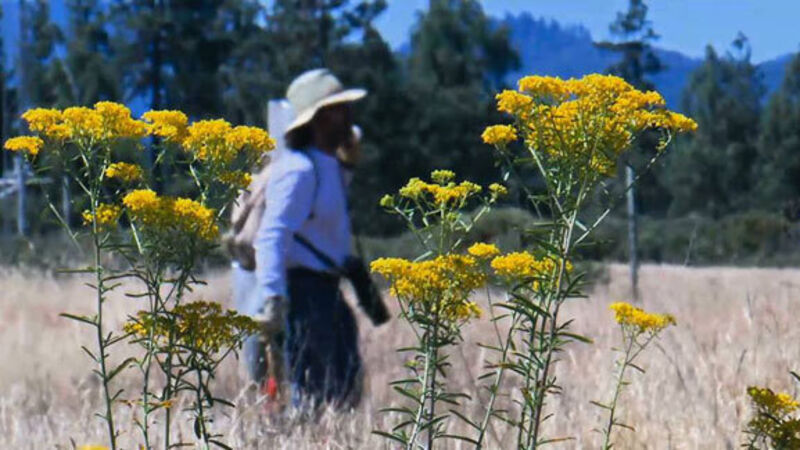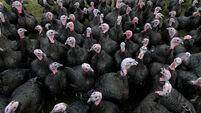Technology: Crop yields up to 100kg of nickel metal per hectare

It grows naturally all over the Balkans and Turkey, on serpentine soils — soils that are infertile, and which have a high nickel metal content.
When yellow tuft alyssum plant is harvested and dried, its leaves and shoots have a 1% nickel content. As a result, the harvest can yield up to 100kg of nickel per hectare
Nickel is used in many common consumer and industrial products, such as stainless steel cutlery, wires and renewable batteries. The EU produces only 6% of the world’s supply but uses 18% of the world’s supply.
Farmers could plant yellow tuft alyssum on infertile soils and earn cash by selling bales to businesses that burn the dried plant for energy, and then process the ash, rich in valuable nickel.
The leaves and shoots are expected to yield up to 100kg of this valuable metal per hectare, as well as bioenergy.
The ambition in Europe is for so-called agro-mining farms to spread out across some of the 10,000sq km of nickel-rich, but nutrient-poor serpentine soils across Europe.
These soils are especially abundant in the Balkans.
Dr Guillaume Echevarria from the Université de Lorraine in France is one of the researchers who have been working on these plants for more than 20 years now.
“We believe we can improve the quality of soils by growing these plants, and also harvest the crop and turn it into energy and valuable nickel.”
Dr Echevarria and his colleagues are growing legumes such as clover or alfalfa beside yellow tuft alyssum, to provide cheap and natural nitrogen fertiliser to boost alyssum yields.
Dr Rufus Chaney, a US pioneer on metal-absorbing plants and senior agronomist at the US Department of Agriculture, says US studies pointed to possible yields of up to 200kg of nickel per hectare.
“The key factor (of) success is the price of nickel.
“We reckoned it was profitable at about $10 (about €9.20) a kilogram, but $20 would be even better. In the past, nickel prices got up to about $50.
“The costs of production are not higher than, say, wheat, because you can use standard haymaking and baling equipment.”
Other flowers can also suck up nickel (scientists call them hyperaccumulators), and the EU’s Agronickel project aims to test such species, that are native in parts of Spain such as Galicia.
“We want to integrate these hyperaccumulating metal crops into the farming system,” said Dr Echevarria.
“The idea is that farmers would get more money out of a nickel crop than they would from wheat or maize grown on these poor soils.”









